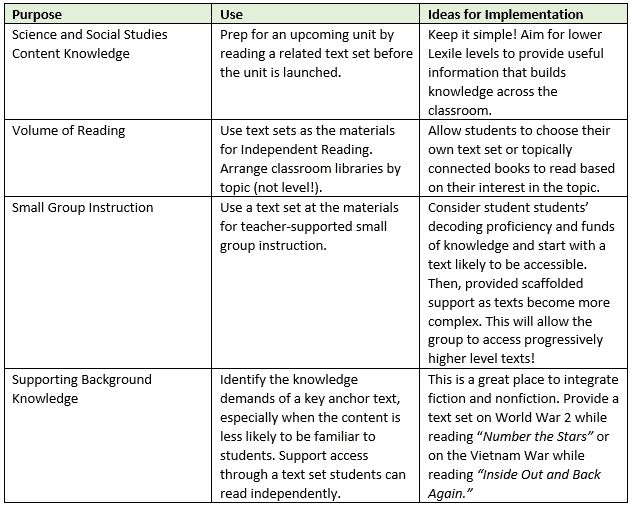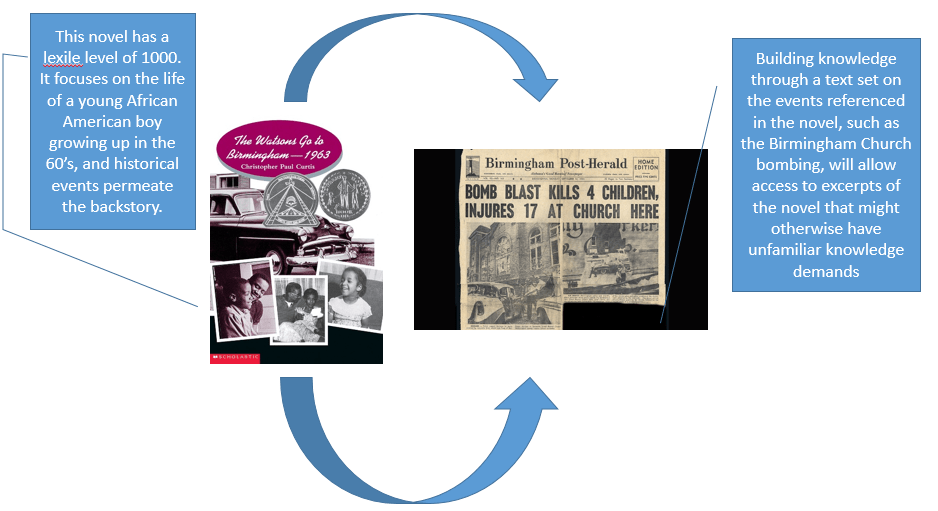When my daughter was in pre-K in New York City, she would come home each day fueled by the new and exciting things she was learning. She’d build a rocket ship out of a cereal box as she had been shown by her teacher, talking to me about how rockets work, and sing the planets song as she plotted her imaginary path through space. As the subject matter changed throughout the year, it was evident to me that her teacher was filling her mind and satisfying her innate curiosity with interesting and engaging content through the lessons she taught each day.
We moved that year, and she made the adjustment to a new school and classroom with a kind and organized new teacher. At home, she showed me daily worksheets and talked about her classmates, but something was missing. At one point, I asked her, “But what are you learning about now?” She paused, thought a moment, and said, “We don’t really do that in this class.”
Teachers of reading are asked to juggle an extraordinary number of linked, but often competing, priorities: determining grade-level proficiency, ensuring a volume of reading is maintained through on-task and productive independent reading, assessing mastery of standards that are established by grade level but vary in complexity based on the text in hand, not to mention the critical importance of explicitly teaching foundational skills. Add to this list the other responsibilities of teaching, plus the other subjects that are on the plates of elementary teachers in particular, and you have the consummate juggling act. And while all of these tasks are critical, not all are equally engaging for a child. It is hard to picture a second grader running home to talk to his family at the dinner table about how he identified the main topic of a multi-paragraph text that day. But boy-oh-boy, he might want to talk your ear off about the moon.

Enter text sets. Grounded in the research behind Shift 3 for college- and career-ready standards — building knowledge through content-rich nonfiction — text sets create a meaningful way for students to interact with content, grow their vocabulary, increase their knowledge, and read! And they do this in a way that can fit neatly into a variety of the many balls teachers already have in the air.
What Are Text Sets?
In a nutshell, text sets are intentionally grouped sets of topically connected texts and resources designed to help all learners build background knowledge and vocabulary through a volume of reading on science, social studies, and other high-interest topics. Achieve the Core features complete text set lessons, as well as resources that explain how to build text sets and incorporate reading on a variety of topics. While text sets are not (yet) a component found across all literacy programs, they are becoming more and more common (see a recent review of text set resources by the Fordham Institute for more information).
Text sets can be used for teacher-directed instruction, but they don’t have to be! Research has shown again and again the benefits of a volume of independent reading; using a text set can simply hook a reader into exploring content on his or her own. The ideas behind text sets are not new; they scream “disciplinary literacy!” Using text sets places a value on content knowledge, however, that is simply not common across all literacy classrooms.
How Can You Use Text Sets in the Classroom?
There are endless ways to use text sets for instruction. Here are few examples:

While text sets can vary, a higher degree of impact is going to come from strategic use. For example, if the purpose of a text set is to support students so that they can independently gain access to complex texts, it is important that the texts are sequenced so that the complexity increases over time. If the purpose is to build background knowledge, the text complexity should not compete with that priority – students should be able to read and comprehend the texts without difficulty. Strategically created text sets are the best kind of scaffold: they level the playing fields of knowledge demands and academic vocabulary to gradually allow for access into more complex texts.
Once you begin using text sets in your classroom, you’ll undoubtedly find a myriad of uses that range from a light teacher lift to one that requires in-depth planning. Note that in using even the lightest approach, you’ll be supporting your students as they build the background knowledge and academic vocabulary necessary for them to engage meaningfully with texts in the future. And, more immediate evidence of their success might just be in their dinner conversation, answering the question “So, what did you learn about today?”

















